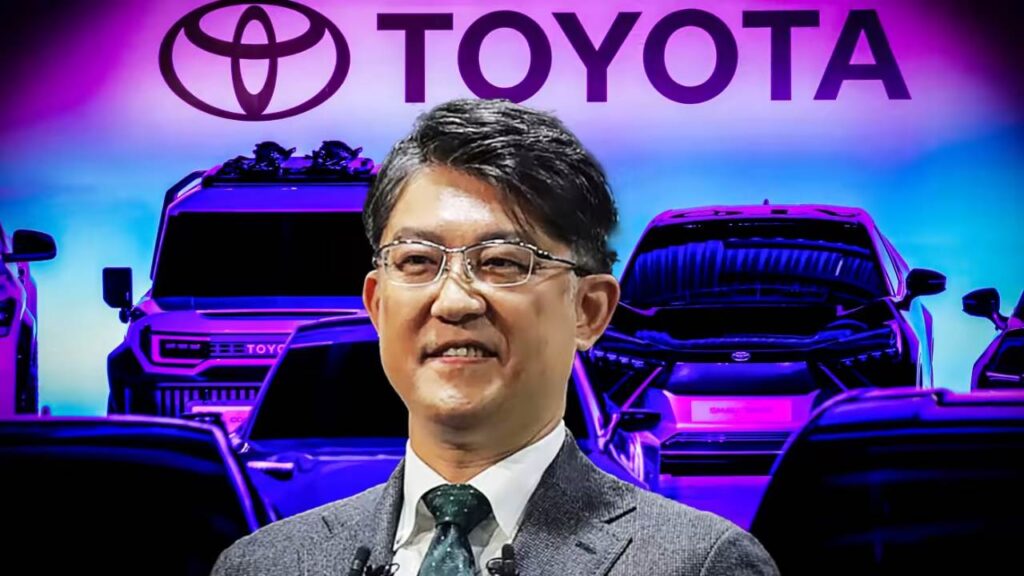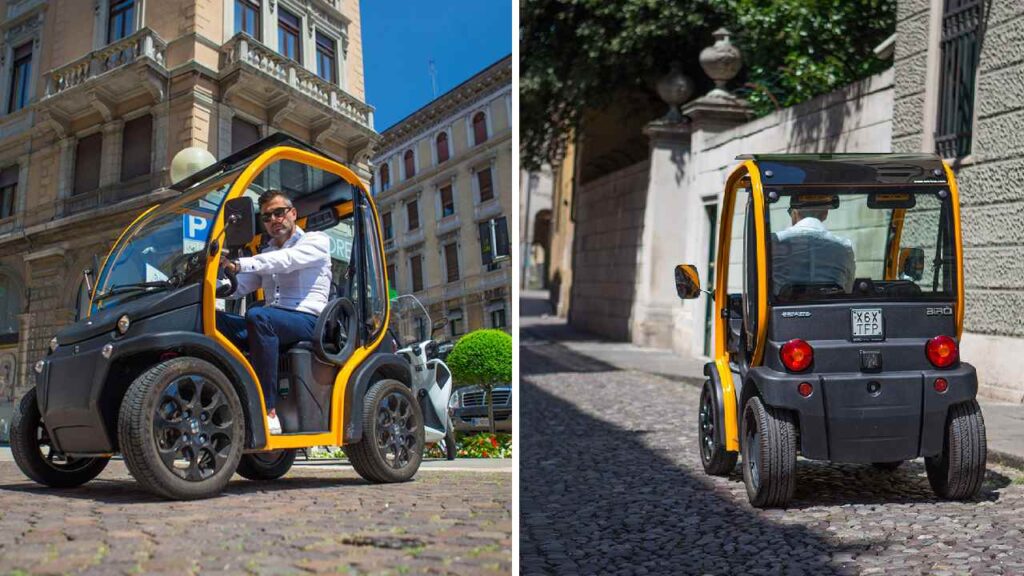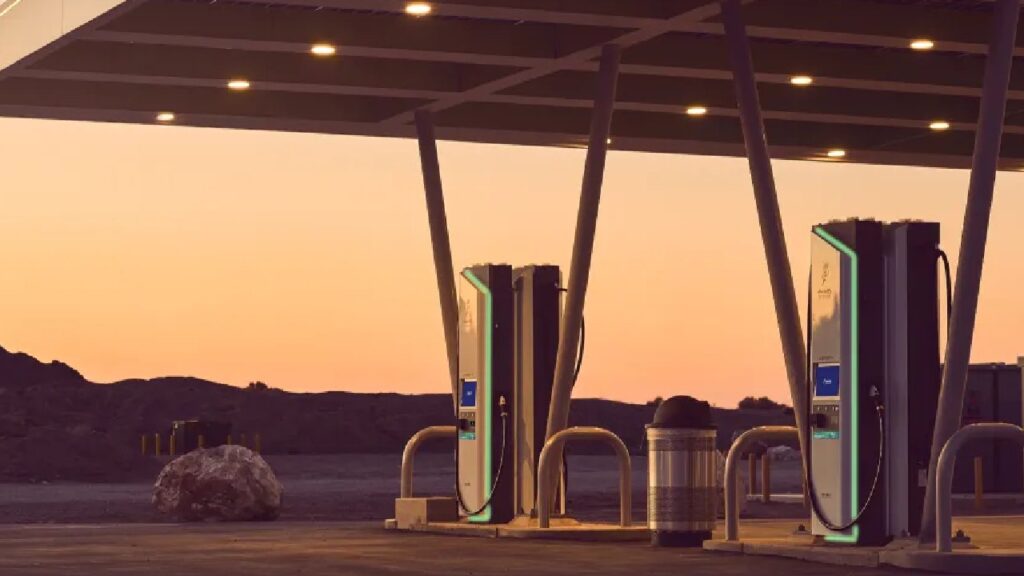Toyota CEO Koji Sato’s Shocking Statement on EVs Makes Sense
Toyota recently underwent shuffling at the top level with Akio Toyoda, the grandson of the founder of the company appointing a new CEO and making a shocking statement regarding the future of EVs. Toyoda assumes the position of the Chairman at the largest carmaker on earth and the new CEO would be Koji Sato, who was the head of Toyota’s Lexus division since 2020. While the management might have undergone reshuffling, the company’s stance on EVs has not. You might also like: Here’s How Ferrari May Still Sell ICE Cars Post EU Ban of 2035 Former Toyota CEO on EVs Akio Toyoda made a rather unusual statement regarding the future of EVs recently in contrast to where the overall industry seems to be heading. He believes that the future of mobility will not be exclusively electric (BEV to be precise). In order words, BEVs are not the only solution to achieving the ambitious carbon-neutrality plans that most car marques have announced. Furthermore, mass adoption would take longer than what the media leads us to believe. That same ideology has been passed on to the new CEO, Koji Sato too. The company is of the opinion that while BEVs would be a prominent way to achieve eco-friendly mobility solutions, they would take longer than we are expecting. Also, it depends on various markets across the world due to the sheer lack of infrastructure which is likely to be a concern for a long time still. You might also like: Stella Vita Electric Camper Van – Self-Sustaining Mobile House Instead, in fact, future automobiles would be powered by many powertrains including BEVs, hybrids, hydrogen or e-fuels. Toyota has been betting big on hydrogen-powered vehicles for a long time now. Its Mirai is sold in the US for a few years. However, the sales have not been impressive at all. The reasons are quite simple. While it may just take a couple of mins to refuel and the range is decent too, the infrastructure around hydrogen stations is not that great. On top of that, developing it from the scratch needs massive investments too. Similarly, the initial prices of EVs and the lack of infrastructure in most parts of the world is what is concerning Toyota, preventing them to take the plunge full on. But it’s not like Toyota is completely estranged from EVs. On the contrary, it announced plans to roll out as many as 30 new BEV models globally by 2030 in passenger and commercial segments. This includes products from Lexus too. Most of these will be based on Toyota’s e-TNGA (Electric – Toyota New Global Architecture) platform. It is a modular architecture that could underpin vehicles of various sizes and drivetrain configurations (FWD, RWD & AWD). You might also like: Tesla to Make PMS Motor Without Rare Earth Elements You might also like: 5 New EV Battery Technologies – Aluminium-ion to Niobium Going Forward Assessing the official statements from the outgoing and the new CEO of Toyota, it is clear that the largest carmaker in the world is on its way to a zero-emission target but the methods it aims to adopt are diversified as opposed to streamlined. Toyota believes that there will be many alternatives to ICE-powered cars depending on various international markets. Ultimately, customers will have the option to choose what is best for them. Therefore, Toyota will keep working on all of the aforementioned technologies to power its future automobiles.










